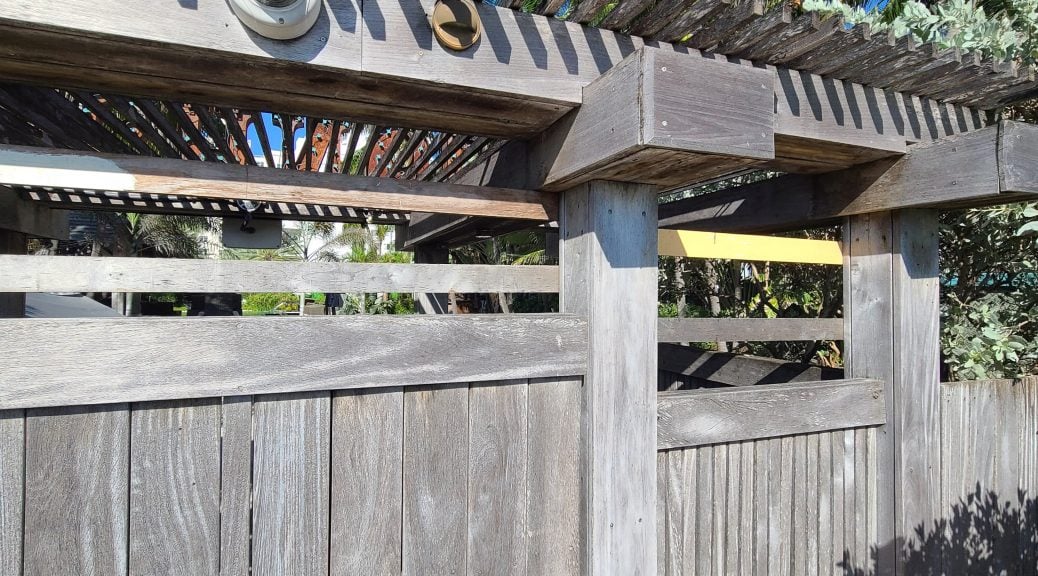Our website highlights a durability span of up to 75 years for the Ipe material we offer. This longevity often sparks inquiries about the feasibility of wood lasting for such an extended period. It’s essential to consider several key factors that may not immediately come to mind. Here, we delve into five significant considerations that should be taken into account:
1. Application and Exposure: The lifespan of Ipe material can vary significantly based on how it’s used and the level of exposure it experiences. For instance, comparing the durability of Ipe wood used on a sun-drenched pier versus that on a covered porch will yield distinct outcomes. However, the claim of up to 75 years of durability is substantiated. A notable example is the Coney Island Ipe Boardwalk, dating back to the 1940s, enduring high commercial traffic over several decades. Despite periodic board replacements, the Ipe decking maintains its quality. This boardwalk is positioned in a high-traffic commercial zone, adjacent to seawater, and exposed to full sunlight.
2. Size of Boards: The dimensions of the Ipe boards chosen significantly impact their lifespan. Opting for thicker boards, such as a 5/4×6 instead of a 1×6, enhances longevity. Thicker boards are better equipped to weather the effects of time. Additionally, they allow for sanding, enabling restoration of the wood’s original appearance multiple times. Moreover, thicker boards offer greater flexibility for potential future remediation.
3. Board Modification (e.g., Grooving): Modifying Ipe boards, particularly through processes like grooving, can potentially diminish their lifespan. Grooving weakens the board structure at the point of modification. The presence of holes from predrilling or milled areas similarly increases vulnerability to weathering. Any modification that expands the surface area exposed to weathering elements may adversely affect the wood’s longevity.
4. Treatment: Annual maintenance is not obligatory if the natural greying of Ipe boards is acceptable. We currently recommend the use of Messmer’s and Ipe Oil to maintain the desired finish. Changes in chemical formulations due to regulatory shifts have led to variations in treatment requirements among brands. Some brands necessitate more frequent treatments to preserve the desired finish. While treatments can extend the wood’s lifespan, they are not mandatory for Ipe wood.
5. Lumber Quality: The quality of lumber selected at the time of purchase plays a crucial role in determining the wood’s longevity. Attempting to utilize lower-grade boards to save costs can have implications for durability. Defects common in lower-grade boards, such as knots, are susceptible to the effects of weather, precipitation, and temperature fluctuations. These factors can cause the defects to expand and contract, compromising stability. Optimal longevity is achieved with FAS-grade boards, which exhibit minimal to no visible defects.
In summary, while the claim of Ipe wood lasting up to 75 years is substantiated, several considerations significantly influence the wood’s actual lifespan. Factors encompass the application, board dimensions, modifications, treatment regimen, and lumber quality. Understanding these nuances will empower informed decisions regarding the use of Ipe wood in various projects.

